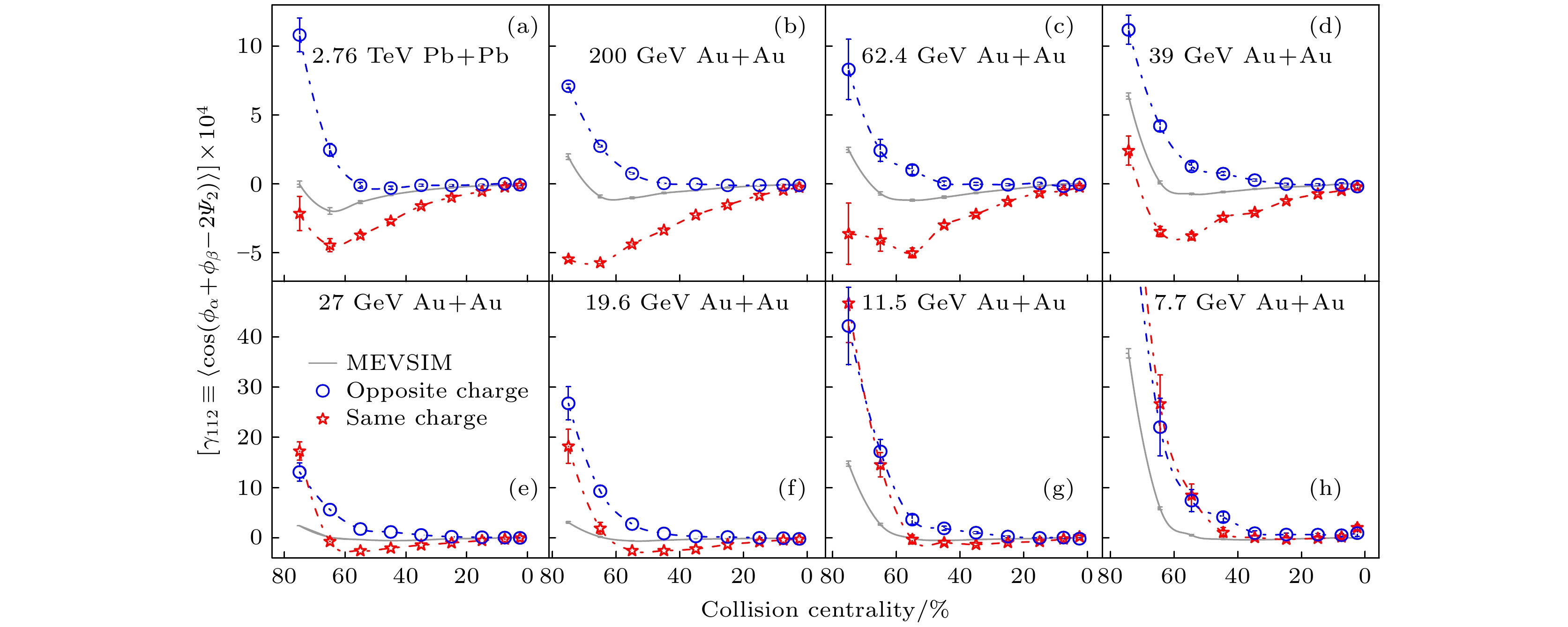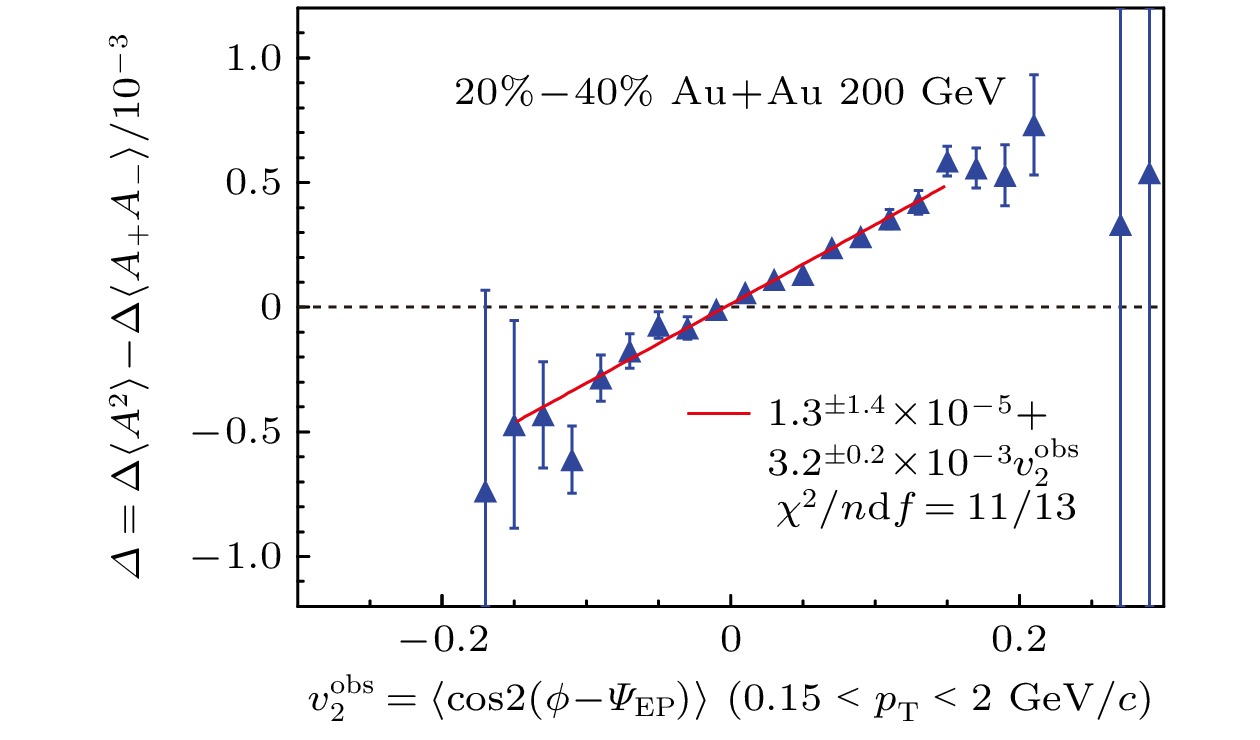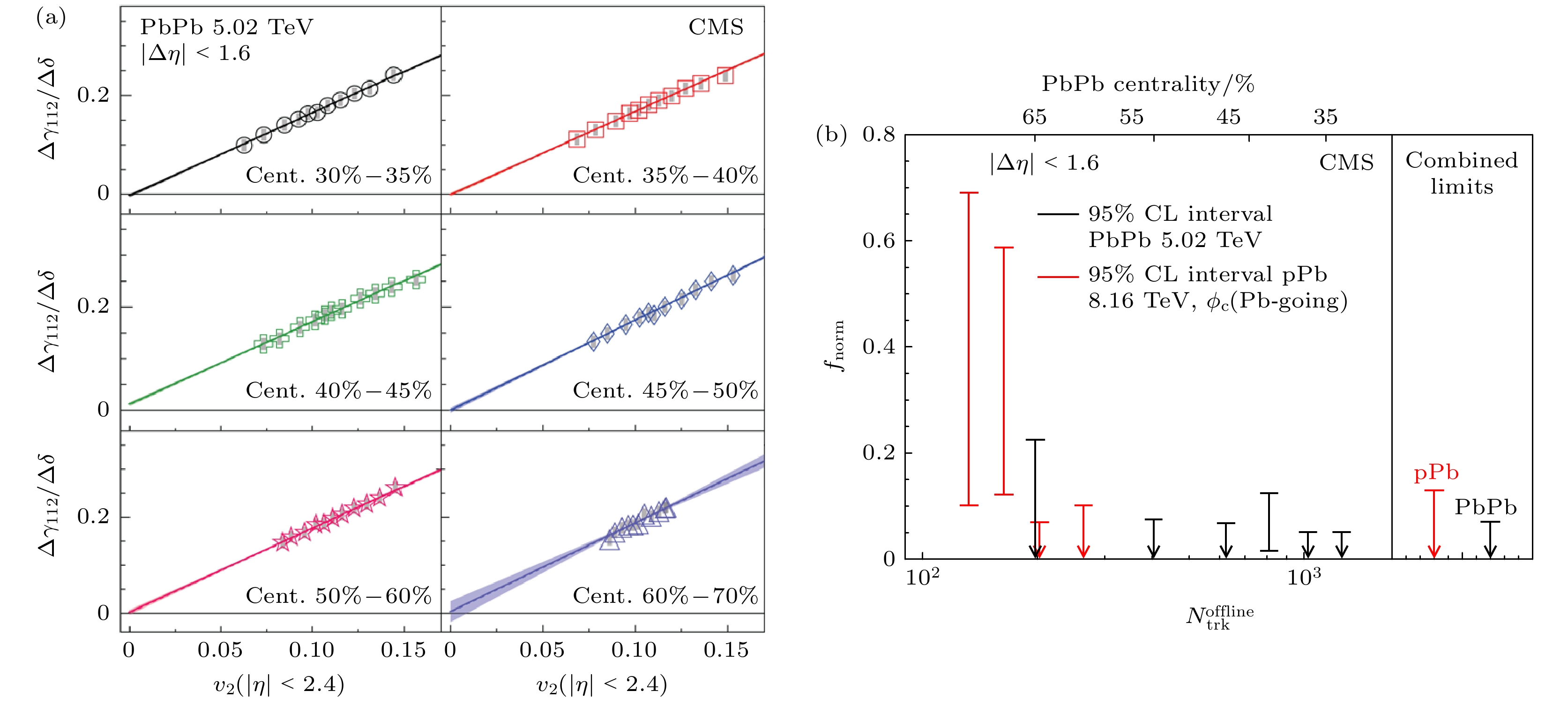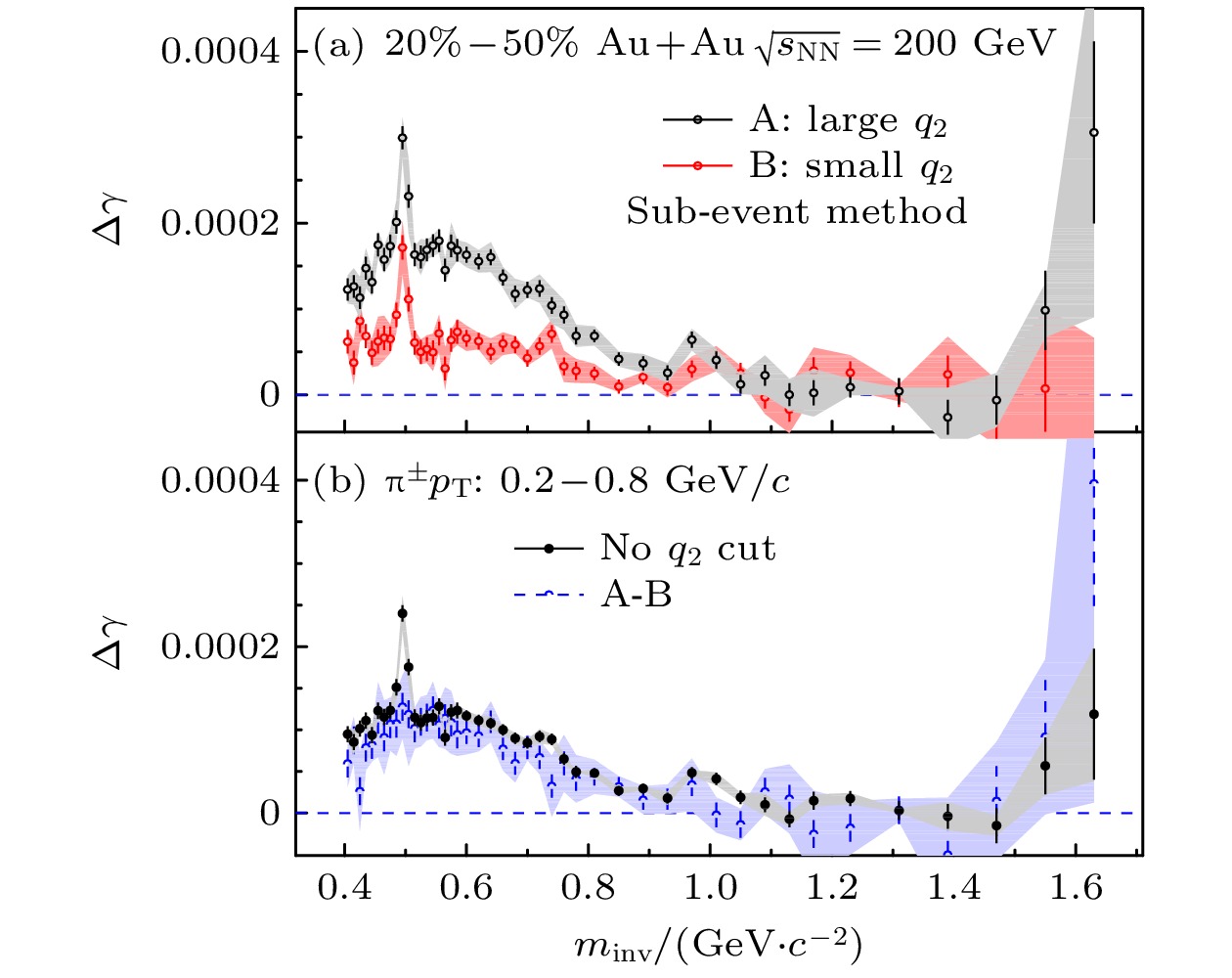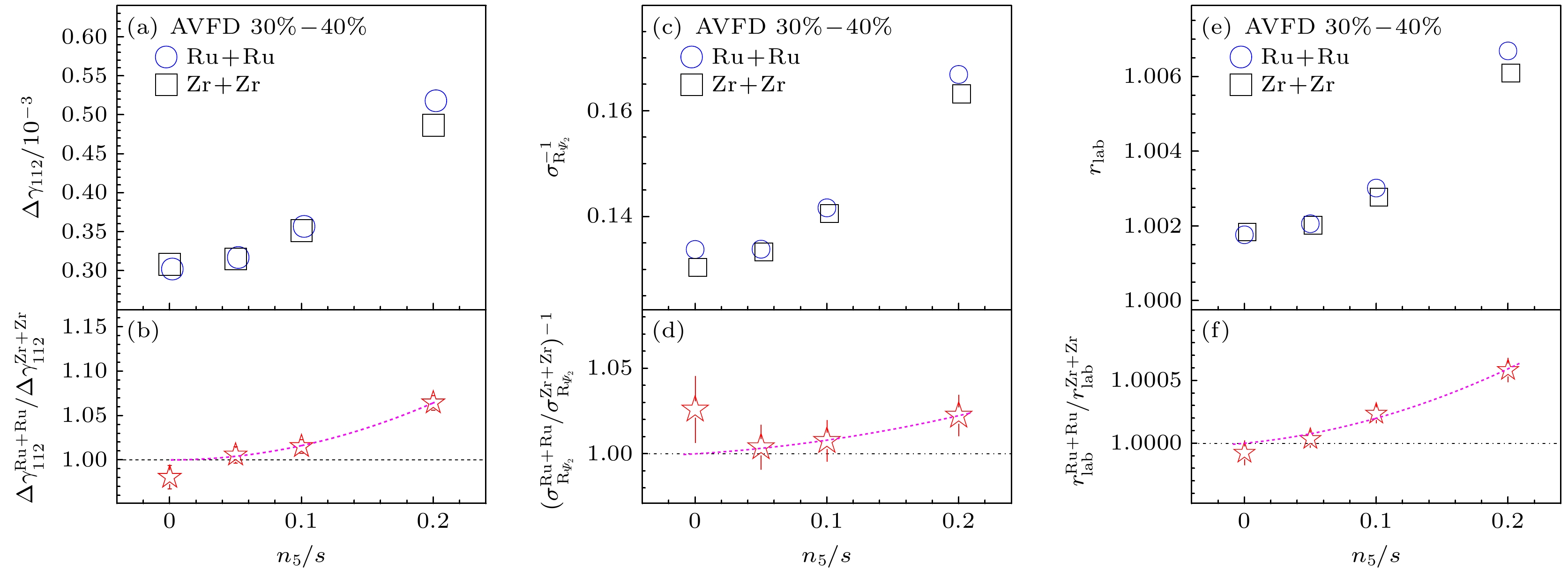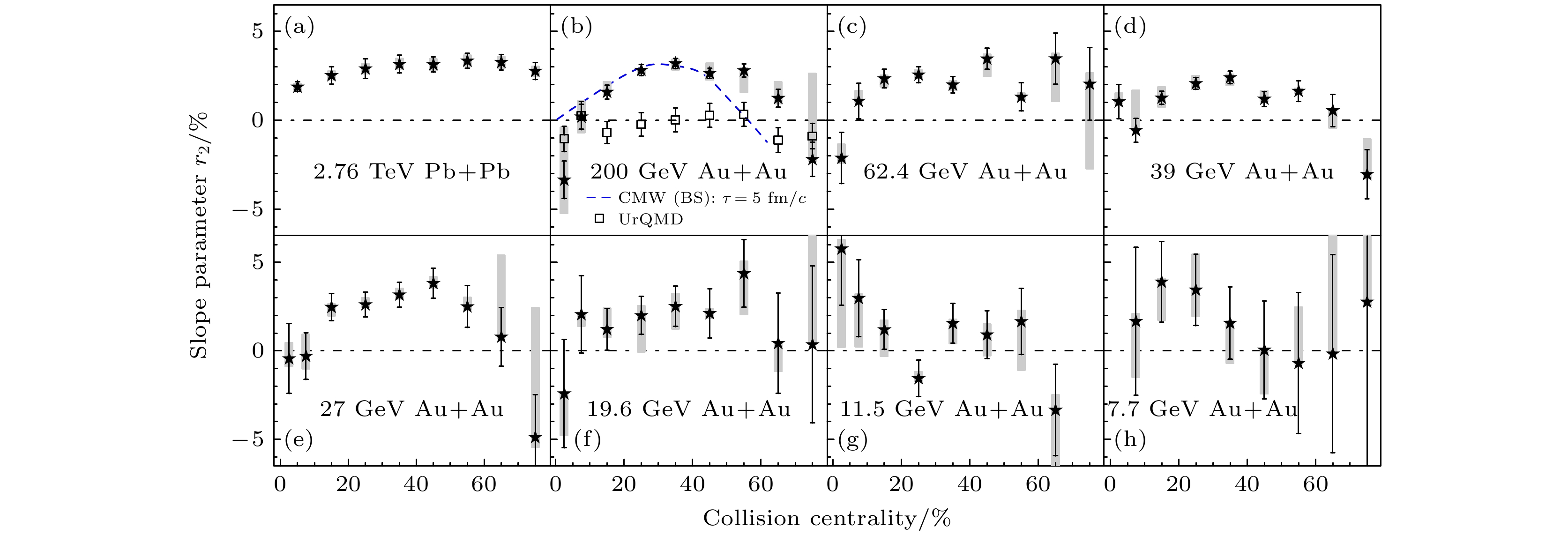In quantum chromodynamics, the interactions of quarks with the topological gluon field can lead to nonconservation of local parity (P) and conjugated parity (CP) , which provides a solution to the strong CP problem and a possibility to explain the asymmetry of matter-antimatter in the current universe. Under the action of a strong magnetic field, the nonconservation of P and CP can lead to the separation of particles according to their electric charges, which is called the chiral magnetic effect (CME). An observation of the CME-induced charge separation will confirm several fundamental properties of quantum chromodynamics (QCD), namely, approximate chiral symmetry restoration, topological charge fluctuation, and local parity violation. In relativistic heavy-ion collisions, there are other chiral anomalous effects similar to the CME, such as the chiral vortical effect (CVE) and the chiral magnetic wave (CMW). This review briefly summarizes the current progress of experimental research on the CME, CVE, and CMW in relativistic heavy-ion collisions.














 DownLoad:
DownLoad:
